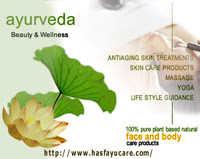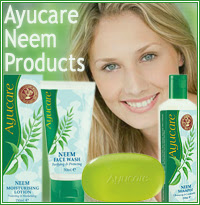SAFFRON:
Saffron is the member of Iris family. It has been originated in the eastern Mediterranean region. Then in 8th century, Arabians bought this plant to Spain who discovered that the southern Spain were ideal for the growth of the saffron plants.
Saffron is the most precious and the most expensive spice in the world. The spice is made up of the stigmas of the saffron flower, which are actually dried up. Each saffron flower only contains three stigmas. For one kilogram of dried saffron, approximately 150000 flowers are needed. Saffron is specially used for its strong colouring power and its severe aroma.
Saffron is also having medicinal values. It is excellent for stomach ailment and it helps in digestion. Saffron even aids to boost up appetite. It also lessens pain in stomach, relieves tension and is used to treat measles. In the Indian traditional medicine, it is used for treating kidney and liver disorders and also diabetes. A tiny pinch of saffron in any recipe would create a special delicacy having exquisite flavor and colour.



 Fair and Handsome- Watch it on mobile
Fair and Handsome- Watch it on mobile Natural Plaza Video Presentation
Natural Plaza Video Presentation
 Gold 24- for beautiful women
Gold 24- for beautiful women